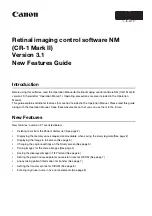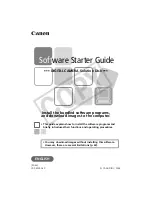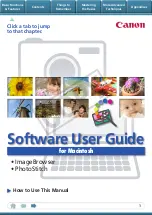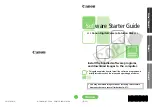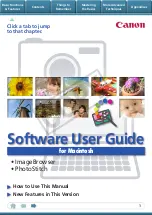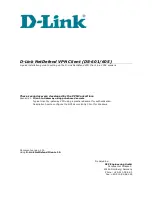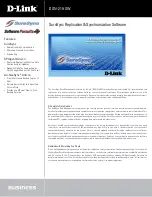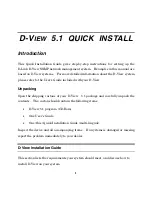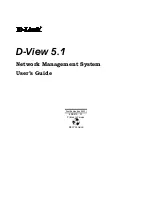
ubCore™ 3.1 User Guide
Command Syntax
•
Type
help
to see the list of available commands.
•
The commands are NOT case-sensitive.
•
In commands where a Bus ID is required, the dot character (
.
) denotes the local 1394
bus, i.e. bus ID 1023.
•
In commands where a Physical ID is required, the dot character (
.
) denotes the local
adapter’s physical ID.
•
Physical IDs, Bus IDs and data byte quantities can be provided as both decimal (e.g.
1024
) or hexadecimal (e.g.
0x400
) numbers. Hex number must be prefixed with 0x.
Offsets and Raw Data are always interpreted as hexadecimal values regardless of
whether they are prefixed with “0x” or not.
•
Known register names can also be provided instead of hex values. See the
regs
command for a list for the known registers. A set of well-known CSR offsets is hardwired
into the program. Create a file called REGS1394.TXT if you need to specify additional
names. FIRECOMMANDER always looks for this file in the directory that was current
when the program was started.
•
The program reads its input from
standard input
and writes its output to
standard output
.
This means that you can use FIRECOMMANDER to execute a batch-file with
FIRECOMMANDER commands by typing in the system’s command prompt a command
line like:
FIRECOMMANDER < COMMANDS.TXT
Make the last line of COMMAND.TXT contain the exit command so that
FIRECOMMANDER terminates after completing the commands.
Since the program writes to
standard output
you can redirect its output to a file.
Combining these two capabilities, you could use FIRECOMMANDER to execute
commands found in a file and write the output to another file, by typing the following
command line in the system’s command prompt:
FIRECOMMANDER < COMMANDS.TXT > OUT.TXT
51
Summary of Contents for API-810
Page 53: ...ubCore 3 1 User Guide 53 ...































